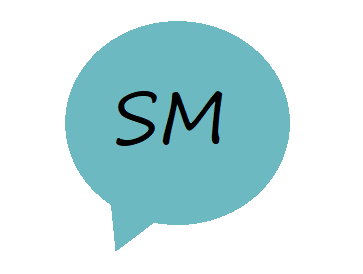Visual Thinking
Introduction
Visual thinking is a cognitive process that involves using mental imagery and visual representations to understand, analyze, solve problems, and communicate ideas. It relies on the brain's ability to manipulate and work with visual information internally, often without the need for verbal or written language.
Visual thinking can take various forms and has numerous applications across different fields.
Here are some key aspects of visual thinking:
Mental Imagery
Visual thinking often starts with the generation of mental images or pictures in the mind's eye. People "see" concepts, objects, or relationships in their thoughts, which helps them grasp and remember information.
Visualization
Visual thinkers frequently use diagrams, charts, graphs, sketches, and other visual representations to externalize their mental images. These visual aids help clarify complex ideas and facilitate communication.
Problem Solving
Visual thinking can aid problem-solving processes by allowing individuals to map out scenarios, visualize potential solutions, and identify patterns or connections that might not be immediately evident through verbal reasoning alone.
Creative Expression
Artists, designers, and creative professionals often rely heavily on visual thinking to generate and refine their ideas. It can be a powerful tool for brainstorming and exploring new concepts.
Learning and Education
Visual thinking can enhance learning by helping students organize information, create mental maps, and understand complex concepts more easily. Educational techniques like mind mapping and concept mapping are examples of visual thinking tools.
Communication
Visual thinking aids in effective communication, especially when dealing with complex or technical subjects. Visuals can simplify complex data, making it more accessible to a broader audience.
Memory Aid
Visual thinking can improve memory retention because visual memories are often easier to recall than purely text-based information.
Multidimensional Analysis
It allows for the examination of complex systems or relationships from multiple angles, helping individuals better understand the interplay of various elements.
Collaboration
Visual thinking can facilitate collaboration among individuals or teams by providing a shared visual language to express ideas and concepts.
Examples
Examples of visual thinking techniques and tools include:
mind maps,
flowcharts,
concept maps,
diagrams,
storyboards,
and visual note-taking.
These methods enable individuals to organize their thoughts, solve problems, and convey information more effectively, whether in academic, professional, or creative contexts.
Visual thinking is not limited to individuals with artistic talents. It's a cognitive skill that anyone can develop to enhance their ability to think critically, solve problems, and communicate ideas in a visual manner.
